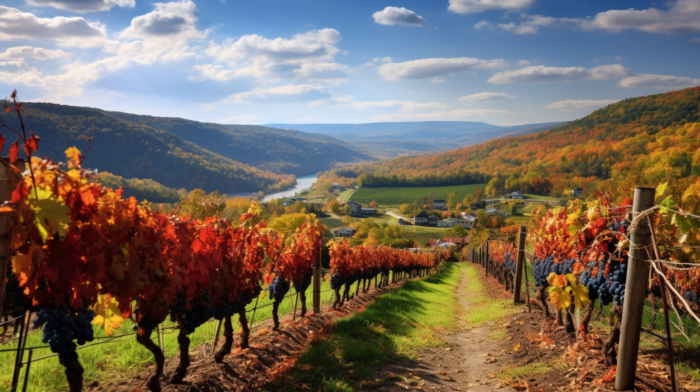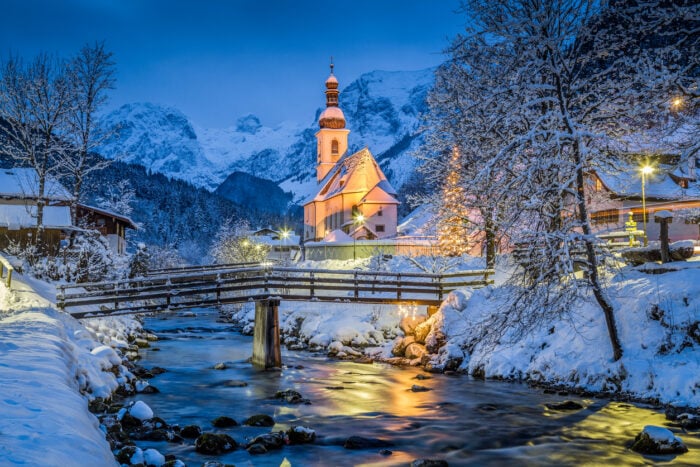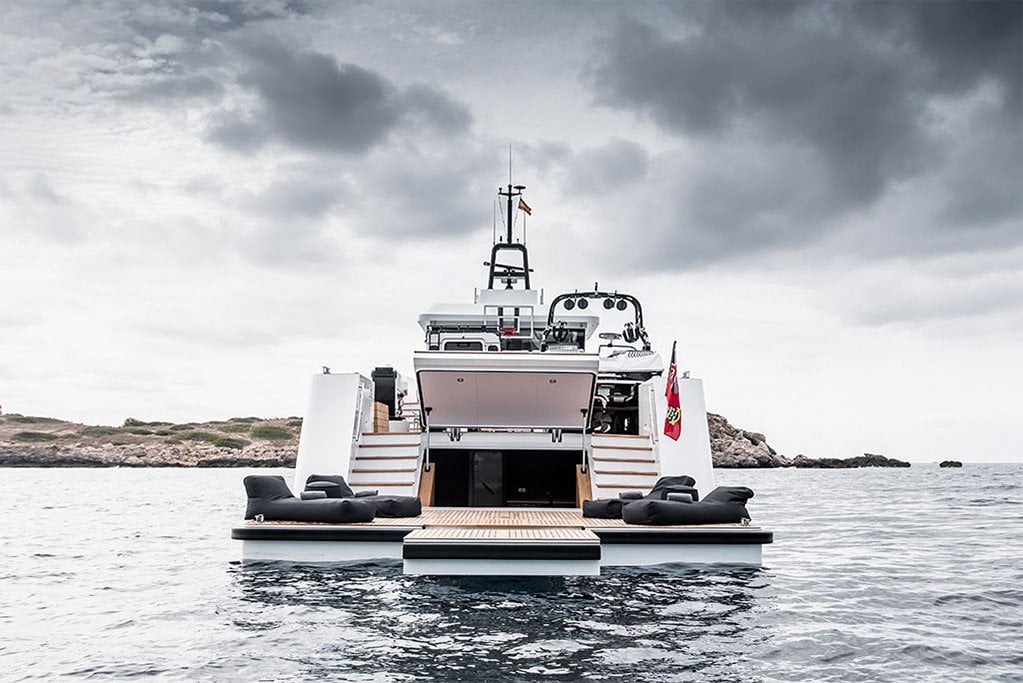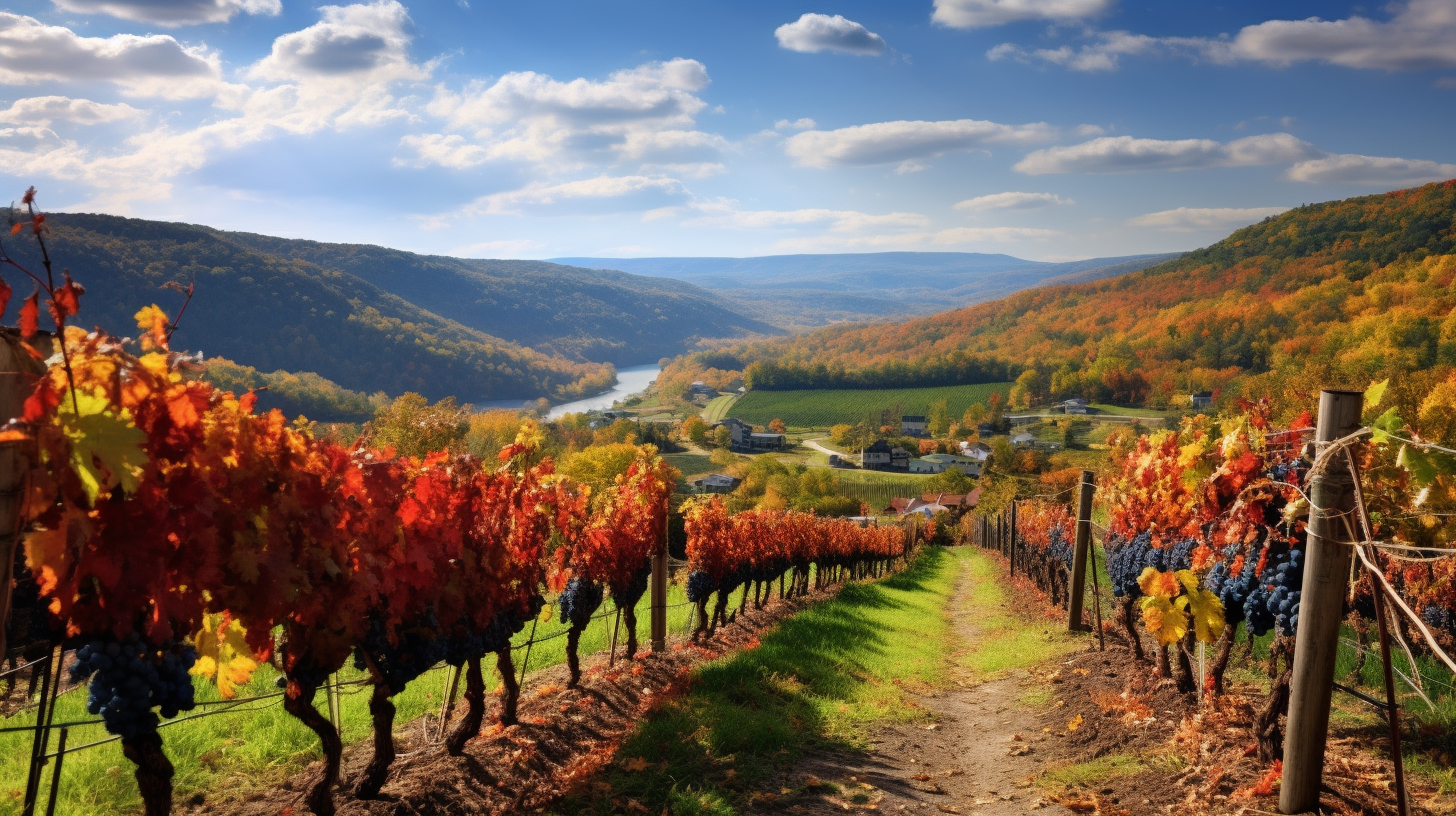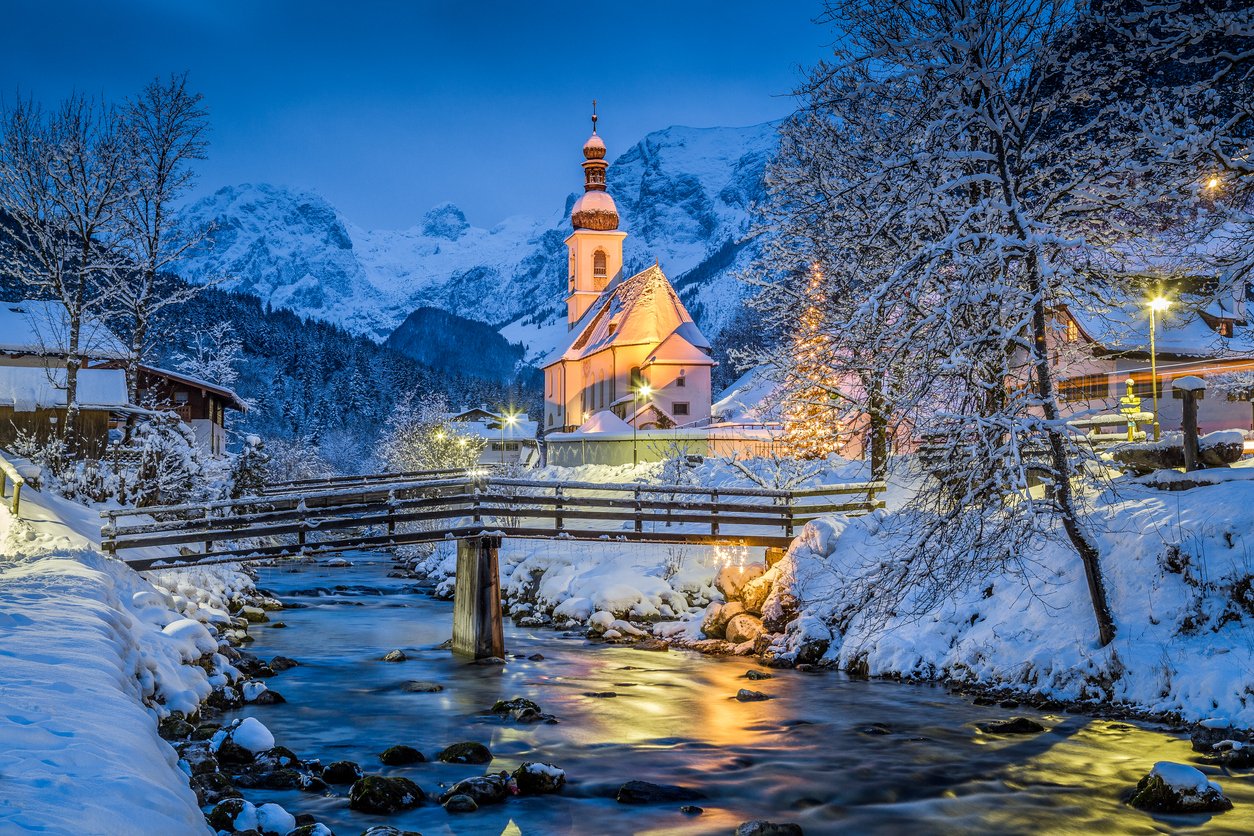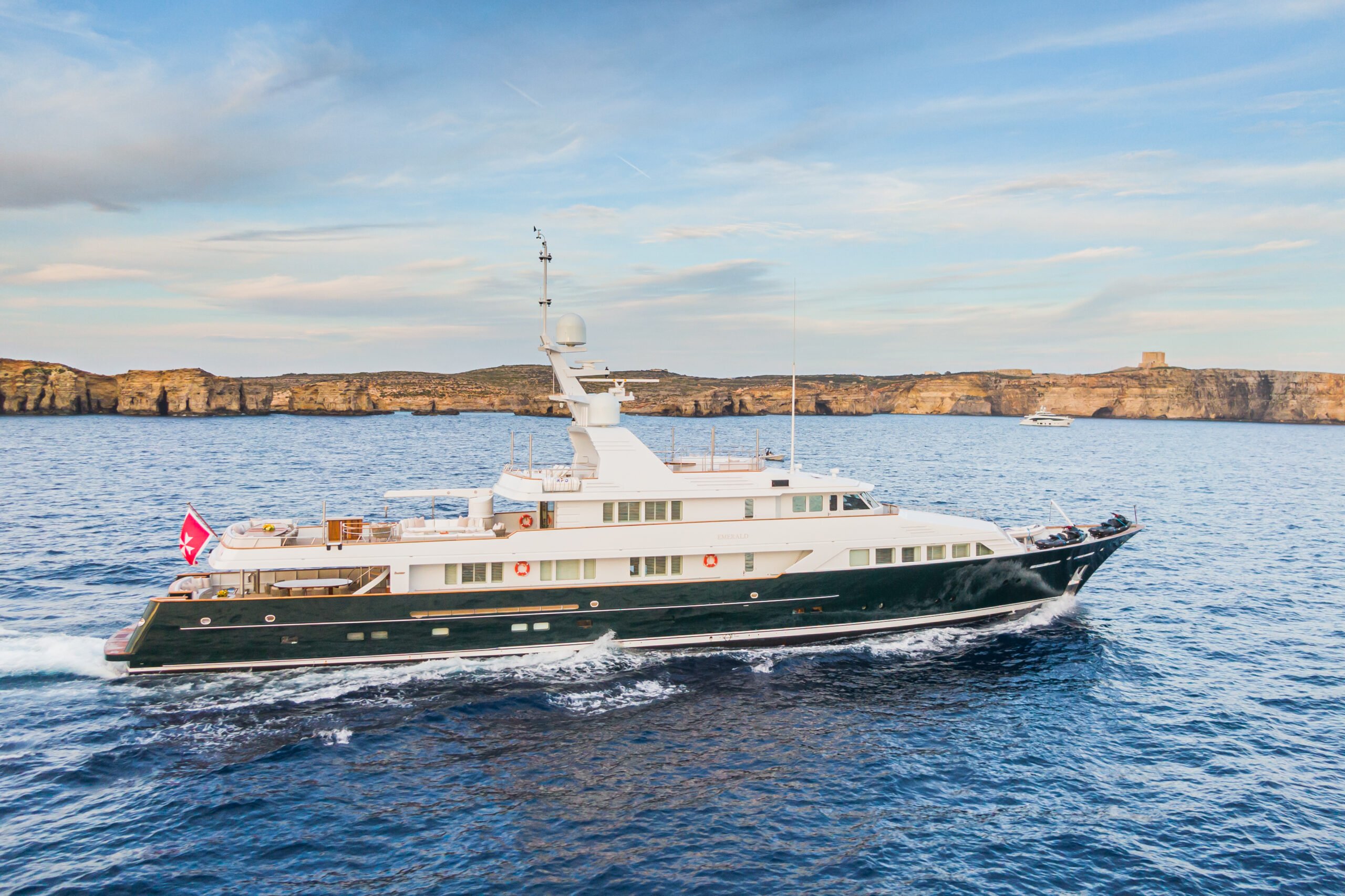Visiting Rome is a unique experience that everyone needs to try out at least once in a lifetime. Apart from its incredible history and heritage, this ancient city is also one of the most beautiful in the world from an architectural standpoint, flaunting a myriad of eye-catching attractions such as the Colosseum, Saint Peter’s Basilica or the Pantheon. Furthermore, as the capital of Italy, Rome is teeming with restaurants, clubs, shopping venues and amazing hotels, which means that it is definitely well equipped to cater to the needs of all of its visitors. If you are thinking about visiting Rome anytime in the near future, then you should probably have a look at our top 5 places that you should visit during your stay.
5. Vatican Museums
 The famous Vatican Museums can be found within the boundaries of Vatican City in Rome. The museums were founded at the beginning of the 16th century (1506) by Pope Julius II, and they have been expanded gradually by the pontiffs that followed. Among the numerous impressive works of art found within the museums’ 54 galleries, the renowned Sistine Chapel with its ceiling painted by Michelangelo is definitely one of the most noteworthy attractions. However, tourists need to go through the other 53 galleries before they can actually step foot within the Sistine Chapel itself.
The famous Vatican Museums can be found within the boundaries of Vatican City in Rome. The museums were founded at the beginning of the 16th century (1506) by Pope Julius II, and they have been expanded gradually by the pontiffs that followed. Among the numerous impressive works of art found within the museums’ 54 galleries, the renowned Sistine Chapel with its ceiling painted by Michelangelo is definitely one of the most noteworthy attractions. However, tourists need to go through the other 53 galleries before they can actually step foot within the Sistine Chapel itself.
4. Altar Of Augustan Peace
 The Altar of Augustan Peace (Ara Pacis Augustae) is a very old altar in Rome that is dedicated to the Roman goddess named Peace. The altar was built in order to celebrate the return of the first emperor of Rome, Augustus, to the capital after spending 3 years in Gaul and Hispania. Consecrated on 30 January, 9 BC, the altar was meant to signify the long-lasting peace that Augustus obtained for the Roman Empire due to his numerous and glorious victories on the battlefield.
The Altar of Augustan Peace (Ara Pacis Augustae) is a very old altar in Rome that is dedicated to the Roman goddess named Peace. The altar was built in order to celebrate the return of the first emperor of Rome, Augustus, to the capital after spending 3 years in Gaul and Hispania. Consecrated on 30 January, 9 BC, the altar was meant to signify the long-lasting peace that Augustus obtained for the Roman Empire due to his numerous and glorious victories on the battlefield.
Even though the altar was initially built and placed on the outskirts of Rome, the passing of years caused it to be buried under several feet of silt. The landmark was rediscovered in the 20th century and was moved to its present location between 1937 and 1938.
3. Castel Sant’Angelo
 Also known as the Mausoleum of Hadrian, the Castel Sant’Angelo can be found within a special park in Rome called Parco Adriano. As its name suggests, the castle was built at the behest of the Roman Emperor Hadrian, who intended to use it a mausoleum for himself and for his family members. Once regarded as the tallest building in the whole of Rome, the landmark was eventually used as a fortress by various popes, but nowadays it is a museum that attracts a generous amount of visitors each year.
Also known as the Mausoleum of Hadrian, the Castel Sant’Angelo can be found within a special park in Rome called Parco Adriano. As its name suggests, the castle was built at the behest of the Roman Emperor Hadrian, who intended to use it a mausoleum for himself and for his family members. Once regarded as the tallest building in the whole of Rome, the landmark was eventually used as a fortress by various popes, but nowadays it is a museum that attracts a generous amount of visitors each year.
The conversion to military fortress in 401 meant the loss of many of the tomb’s original decorations and contents. The ashes of Hadrian and of the many other emperors that succeeded him were scattered to the winds by Visigoth looters during Rome’s sacking in 410.
2. St. Peter’s Basilica
 One of Rome’s most noteworthy attractions is undoubtedly St. Peter’s Basilica, which can be found within Vatican City. This Late Renaissance church was sketched out by none others than Michelangelo, Gian Lorenzo Bernini, Carlo Maderno and Donato Bramante, but aside from its remarkable interior decorations, we should also mention that this is one of the largest churches in the world presently.
One of Rome’s most noteworthy attractions is undoubtedly St. Peter’s Basilica, which can be found within Vatican City. This Late Renaissance church was sketched out by none others than Michelangelo, Gian Lorenzo Bernini, Carlo Maderno and Donato Bramante, but aside from its remarkable interior decorations, we should also mention that this is one of the largest churches in the world presently.
As a very important centre of Christianity, this church is regarded (according to tradition) as the burial site of Saint Peter and of the first Bishop of Rome. Promising historical studies seem to indicate that the Tomb of Saint Peter can actually be found underneath the church’s altar. This basilica actually replaced the Old St. Peter’s Basilica, and it was built between 1506 and 1626.
1. Colosseum
 Many regard the Colosseum as the single most impressive building in Rome, which comes as no surprise since this remarkable amphitheatre can be found at the very heart of this ancient city. Also known as the Flavian Amphitheatre, the Colosseum was the largest building of its kind in the Roman Empire, and it is still the largest amphitheatre in the world presently. The first emperor who commissioned the construction of the Colosseum was Vespasian in 70 AD. However, the landmark was complete under the supervision of Vespasian’s heir, Titus, who saw it in its final form in 80 AD.
Many regard the Colosseum as the single most impressive building in Rome, which comes as no surprise since this remarkable amphitheatre can be found at the very heart of this ancient city. Also known as the Flavian Amphitheatre, the Colosseum was the largest building of its kind in the Roman Empire, and it is still the largest amphitheatre in the world presently. The first emperor who commissioned the construction of the Colosseum was Vespasian in 70 AD. However, the landmark was complete under the supervision of Vespasian’s heir, Titus, who saw it in its final form in 80 AD.
The Colosseum was used for gladiator fights, animal hunts, battle re-enactments or executions, and it is believed that it could house somewhere between 50,000 and 80,000 people.


